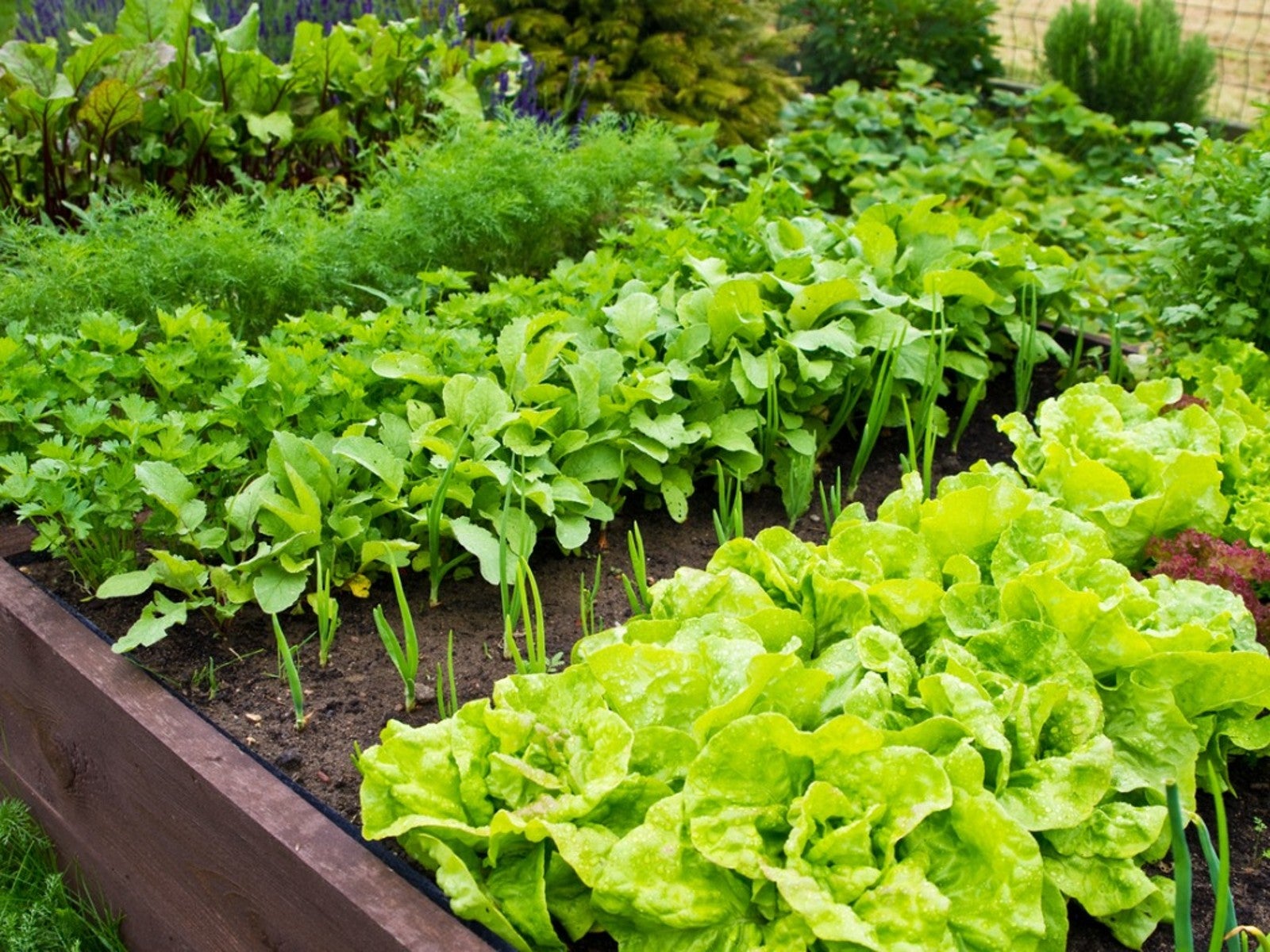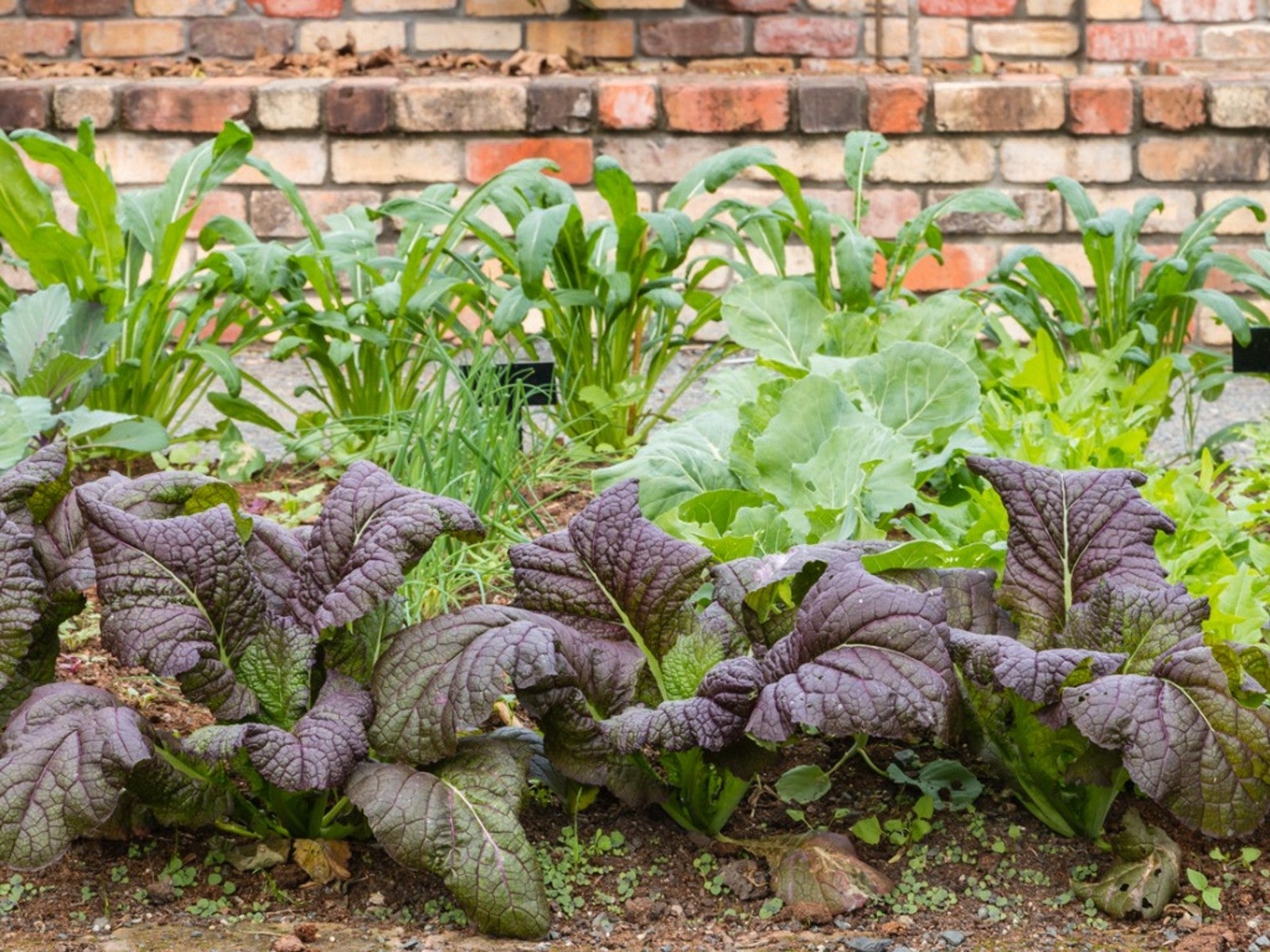Summer Vegetable Harvest - What Do You Harvest In Summer


What do you harvest in summer? Whether this is your first garden or you're trying something new, knowing when to pick the bounty of your hard labor is essential to get the most out of your gardening efforts. So if you're asking “what can you pick in summer” or “how to harvest in summer,” here are summer harvest tips to get you started.
Getting the Most from Your Summer Vegetable Harvest
For many crops, summertime is the heart of the harvest season. From picking peas and lettuce in early summer to gathering pumpkins and winter squash later in the season, the summer vegetable harvest is the primary time for picking and preserving your garden produce. Try these general tips on how to harvest in summer:
- Pick at the correct time. For some veggies this means picking at the peak of ripeness, others can be picked early and will continue to ripen off the plant.
- Harvest regularly. Many veggies, like beans, will cease to produce if mature produce is left on the plant.
- Pick in the morning. You'll enjoy the cooler temps and your produce will be better hydrated before the heat of the day sets in.
- Harvest for preserving. Pick veggies earmarked for preserving when you know you'll have time for the canning, freezing or dehydration process. Preserving veggies when they are fresh helps retain valuable nutrients and improves flavor.
- Cut, don't tear. To avoid damaging the plant and bruising the fruit, remove produce with a knife or scissors. Use a basket for transporting ripe veggies to prevent bruising.
- Water root crops. Irrigating root crops prior to your summer vegetable harvest softens the soil and reduces the risk of marring their tender skin.
What Do You Harvest in Summer
To answer the question, “What can you pick in summer,” peruse this list of the most popular veggies that gardeners plant for a summertime harvest. Included are summer harvest tips:
- Carrots – Begin harvesting when large enough to use. Carrots become sweeter as the ground cools in late summer.
- Corn – Pick when the silks at the top of the cob turn brown and the ear feels plump.
- Cucumber – Clip cucumbers off the vine as soon as they are large enough to use. Remove yellow (overripe) fruit to encourage production.
- Eggplant – Snip the fruit from the plant when it has a glossy skin and has ceased growing.
- Green beans – Pick when young and tender. Bulges indicate mature beans with developed seed, tough skin and strings. Harvest often to encourage production.
- Melons – Judge melon ripeness by rapping on the fruit and observing color changes in the skin. Withhold water a week before harvest to allow sugars to concentrate in the fruit.
- Okra – Clip 2 to 4 inch (5-10 cm.) pods on a daily basis. Okra matures and ripens from the bottom of the plant first.
- Onions – Harvest “green” onions as needed. Once the tops have fallen over and begun to yellow, harvest and cure bulbs.
- Peppers – Harvest anytime after the fruit has developed a thick flesh. Clip peppers when green to increase fruit production or when fully ripe for a sweeter or hotter pepper.
- Potatoes – New potatoes can be gently removed once they reach 1 to 2 inches (2.5-5 cm.) in diameter. Larger potatoes destined for storage are harvested after the plants begin to die back.
- Summer squash – Check daily as quick-growing squash and zucchini are best harvested when young and tender.
- Sweet potato – Harvest when the vines begin to die back, but before frost. Look for sweet potatoes anywhere the vine has rooted into the soil.
- Tomato – Harvest when the fruits are a suitable size for dishes like fried green tomatoes or leave on the vine until firm and ripe. Tomatoes will continue to ripen once picked. For the best flavor, store fresh tomatoes at room temperature.
- Winter squash – Harvest in late summer when the rinds are hard and the vines begin to die back.
Gardening tips, videos, info and more delivered right to your inbox!
Sign up for the Gardening Know How newsletter today and receive a free copy of our e-book "How to Grow Delicious Tomatoes".

Laura Miller has been gardening all her life. Holding a degree in Biology, Nutrition, and Agriculture, Laura's area of expertise is vegetables, herbs, and all things edible. She lives in Ohio.
-
 What Is A Pollinator Garden? Grow Gorgeous Blooms While Benefiting Your Local Ecosystem
What Is A Pollinator Garden? Grow Gorgeous Blooms While Benefiting Your Local EcosystemPollinator gardens look great and also provide a diverse ecosystem that benefits your local pollinating insects and animals. Get started today with this guide!
By Bonnie L. Grant
-
 5 Tough Urban Trees That Thrive In Cities – Top Picks For Urban & Suburban Landscapes
5 Tough Urban Trees That Thrive In Cities – Top Picks For Urban & Suburban LandscapesExplore the best urban trees that will add value to even the most challenging of landscapes. Get growing with these ideas and enjoy all the benefits of trees.
By Teo Spengler
-
 How Many Vegetables To Plant Per Person For A Year
How Many Vegetables To Plant Per Person For A YearGauging how much to plant in a vegetable garden can eliminate waste while still producing enough for your family. Click for more.
By Bonnie L. Grant
-
 13 Perennial Fruits And Vegetables You Only Have To Plant Once
13 Perennial Fruits And Vegetables You Only Have To Plant OnceLooking to set it and forget it? Find out which fruits and vegetables can be grown as perennials.
By Laura Miller
-
 11 Edible Plants For A Year-Round Garden In A Bucket
11 Edible Plants For A Year-Round Garden In A BucketWant to know how to grow food inside your house and which foods do best indoors? Click here to learn all about it.
By Bonnie L. Grant
-
 Frost Tolerance Of Vegetables From Least To Most Hardy
Frost Tolerance Of Vegetables From Least To Most HardyHow cold can vegetables tolerate? Knowing which veggies will survive frosts and freezes is essential for the success of your garden. Click here for more.
By Laura Miller
-
 Best Vegetables To Pickle Straight From The Garden
Best Vegetables To Pickle Straight From The GardenPickles aren’t limited to just cucumbers. Read on for tips on pickling your fresh veggies.
By Amy Grant
-
 Benefits Of Planting In Fall Vs. Spring Vegetable Plots
Benefits Of Planting In Fall Vs. Spring Vegetable PlotsLearn why some vegetables do better if you plant them in fall instead of spring.
By Laura Miller
-
 Interplanting Vegetables In The Fall Garden
Interplanting Vegetables In The Fall GardenLearn all about the benefits of interplanting vegetables for your fall garden.
By Laura Miller
-
 Best Vegetables For Growing In Perlite
Best Vegetables For Growing In PerlitePerlite is a natural growing medium that comes from super-heated volcanic glass. In some cases, it works better than soil. Read on for more info.
By Laura Miller